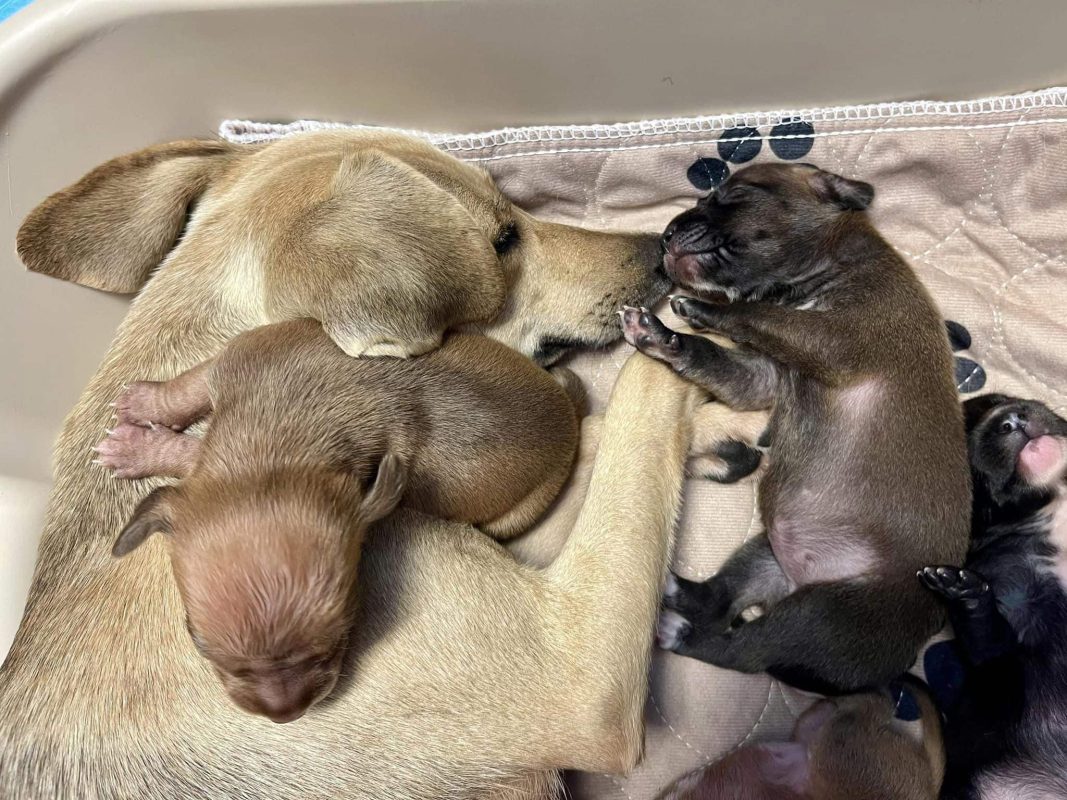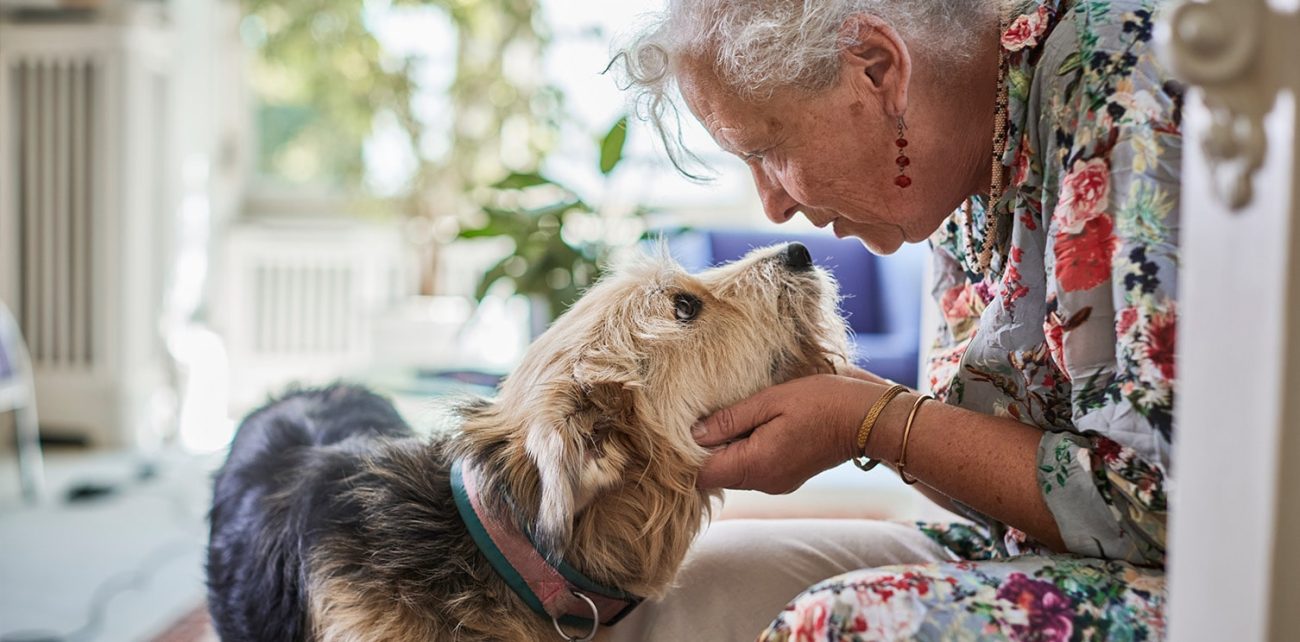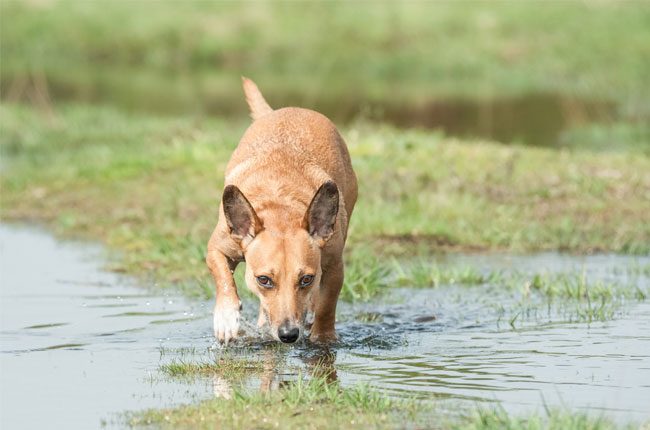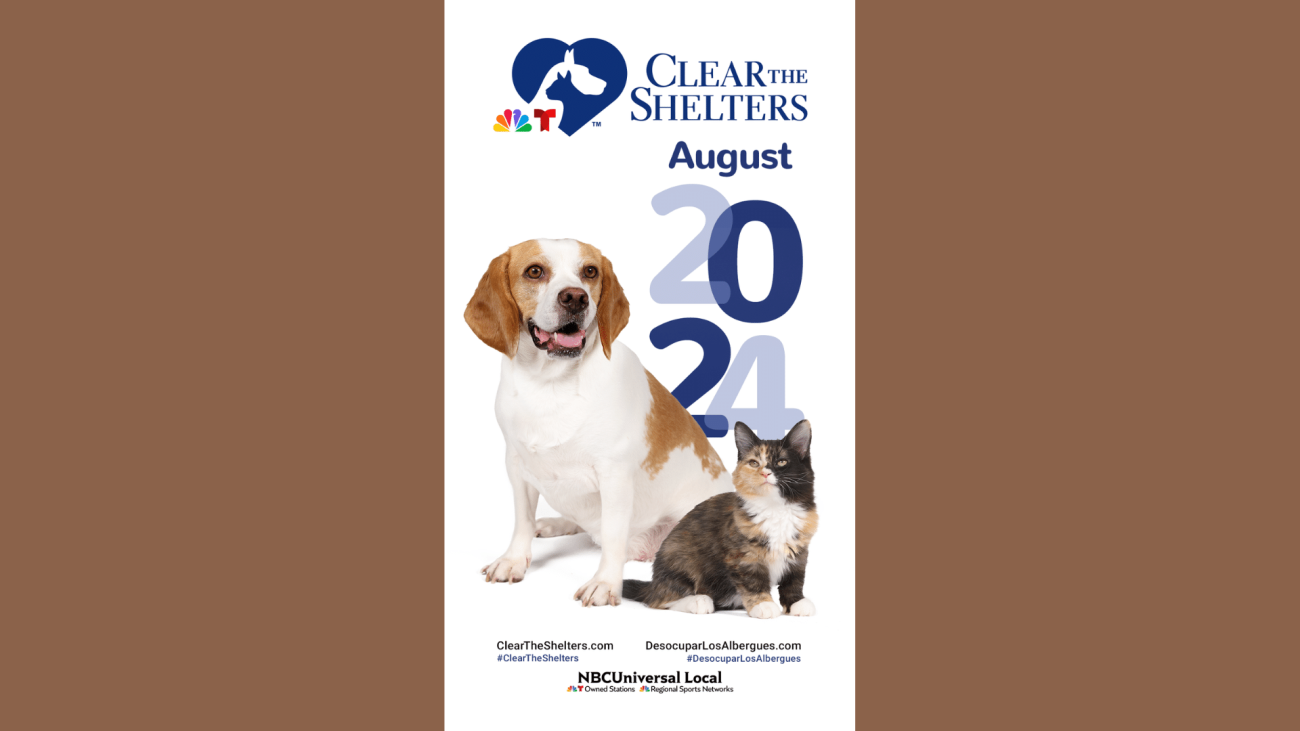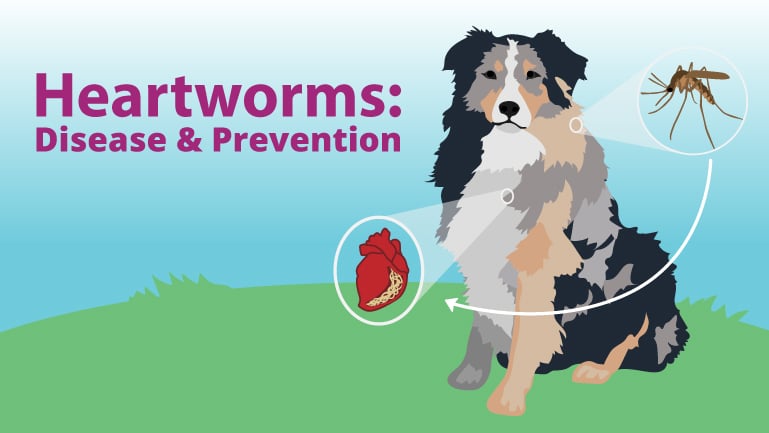Capital Campaign
To meet the growing demand for affordable veterinary services in Southwest Florida, we are launching the Paws for Wellness: Building a Healthier Tomorrow campaign — a bold step toward ensuring more pets receive the care they need by building the new Gulf Coast Humane Society Veterinary Clinic.







